The extension of the title is enough to raise the dedication and devotion towards the age-old religion- Hinduism. This ancient religion has gone through lots of tyranny, oppression and dictatorship in every epoch. But still it is standing with its head held high just because of the protectors who fought to the last drops of their blood to save their religion, customs and tradition from the foreign invaders. The Aryans of the Vedic period, the great Rajputs like Maharana Pratap and Rana Sanga, the Maratha Lion Shivaji and the great saint, Swami Vivekananda- all are tied in a single thread as they are the notable defenders of the Hinduism. Whenever the Hinduism has fallen from its throne of glory, there were people who became the shield to protect the dignity of this ancient faith. The Battle of Somnath was fought to keep up the pride of the Hinduism.
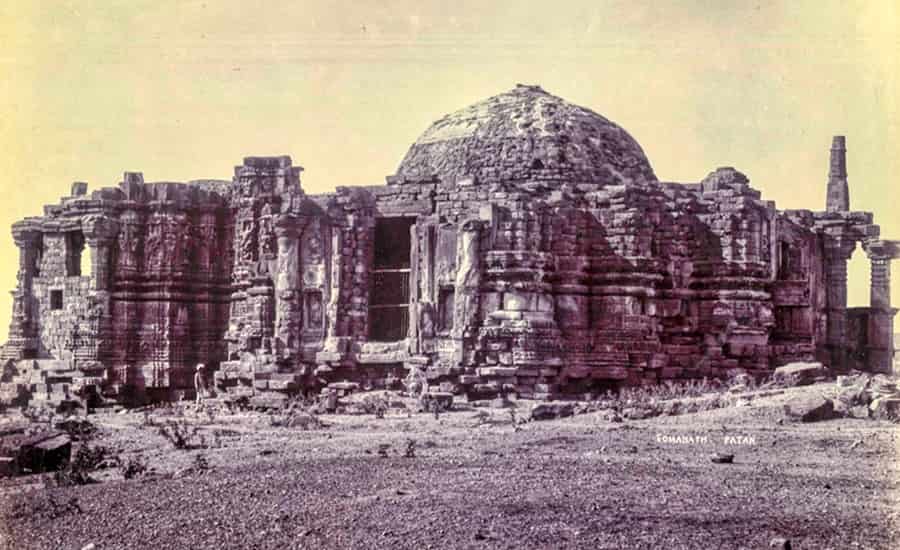
History of the Somnath Temple
The Somnath Temple is granted as one of the old historical relics of India. It is situated in Kathiawar, Gujarat. The temple was exclusive in its glory as it was considered first among the twelve Jyotirlinga shrines of Lord Shiva. The name, ‘Somnath’ has derived from the existence of the ‘Lord of the Soma’, who was an epithet of Lord Shiva, in the Vedic Age. Lots of legends and myths have surrounded the temple. The famous legend behind the establishment of the temple will surely thrill you. Once, Lord Brahma and Lord Vishnu had disagreements over the issue of supremacy. They went to Lord Shiva for fair judgment. Shiva created an endless pillar of light (Jyotirlinga) and told the others to find the end. While Vishnu admitted his defeat after the effort, Brahma lied to Lord Shiva. Then Shiva created a second pillar and established in Somnath and cursed Brahma not to be worshipped ever on the earth.
This is the legend. But historical facts are proven truth. It is said that the temple was first established in 649 CE. Actually, the temple has faced many attacks from the very beginning. The 725 CE built 2nd temple, was destroyed by the Governor of Sind, Junayd ibn Abd al-Rahman al-Murri. But he couldn’t destroy the faith. The Gurjar-Pratihar King, Nagabhata II rebuilt the temple in the 815 CE. It was a huge red sandstone sculpture. The temple was an epitome of figurine and architecture. The stories from epics were engraved on the walls and pillars of the temple.
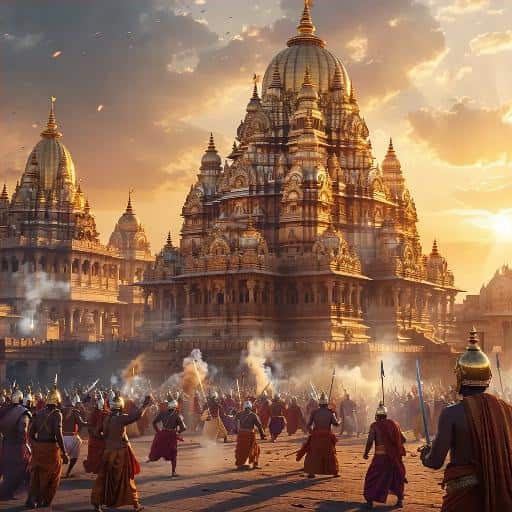
The Ultimate Assault
As it is said before, the temple has faced repeated invasions in a different era. The huge depreciation to the temple took place when, in 1024, the Muslim ruthless ruler, Mahmud Ghazni, made a raid on the temple from the side of the Thar Desert. Was it easy for him to turn the large existence into dust without any obstruction? Absolutely not. The valiant Hindu Rajputs, under the leadership of 90-year-old Rana Ghogna, faced every attack of innumerable arrows and sharp edges of swords on their chest to save this pride of India. The old Rajput with his army remained on the spot steadily for ten long hours to prevent the huge wave of cavalry. He did not move and found it better to give his life at the blow of swords instead of hiding or retreating, keeping the temple and the holy shrine all alone in the face of fanatical strikes of the Muslim army. But he was unable to impede the gigantic barbarism of Mahmud Ghazni.
The Muslim Ruler took no time to mix the blood with the dust of the holy Somnath Temple. After three days of the battle, the assailants succeeded to enter the temple and at the order of Mahmud Ghazni, they demolished the holy Linga and looted all the treasures of the temple. History says that swimming and stepping on the fifty thousand Hindus’ blood and body, Mahmud Ghazni was able to get success in his mission. The silver gates were taken to the capital city of Mahmud Ghazni, Ghaznavi.
What Happened Next?
The sacrifice of the valiant Rana Ghogna and his troops and all other people who were the victims of the brutal attack had not resulted in misery. Raja Bhoja, with all his dedication and enthusiasm, rebuilt the temple. Not only that, he took the revenge fruitfully by hindering another attack on the sacred temple, made by Salur Ghaznavi in 1033 CE. With Raja Sukhdev, Raja Bhoja was able to curb the pride of the burgeoning Muslim Empire in the South Asia by slaying 100,000 of the remaining Ghaznavi combatants in the Battle of Bahraich. Not only that, this battle will be remembered in history with glory as this was able to keep the Muslim invaders away from the land of India for the next 150 years.
Returning the Parts of the Temple
The Battle of Somnath by Mahmud Ghazni resulted in scattering of several parts of the temple in various parts of the South Asia. With the course of history, the famous kingmaker of Maharashtra, Mahadaji Shinde, who was distinguished throughout the Northern India for his outstanding military skills, came as a courageous warmonger and patriot of the country. It is his devotion towards the Hinduism that his valour succeeded to defeat the last trace of the Afghans and Mughals in India and his victory awarded him with the trace of the silver gates of the Somnath Temple. With a great procession, the Maratha Lion brought those gates to the country. But as the pundits of Somnath Temple refused to put them back, these are now seen in the temples of Gopal Mandir of Ujjain and Mahakaleshwar Jyotirlinga.
Later Edward Law, the first Earl of Ellenborough, during 1842, ordered the British Army to uproot the sandalwood gates from the tomb of Mahmud Ghazni and bring back to India. After lots of discussions and arguments, those were brought back to India. But, unfortunately, it was proved to be the duplication of the originals. These are kept in the store room of the Agra Fort.
So, it can be said that history never leaves anything with a loose end. Like the life circle, every incidents come to an appropriate end and till then history continues to weave episodes one after another to complete the circle.

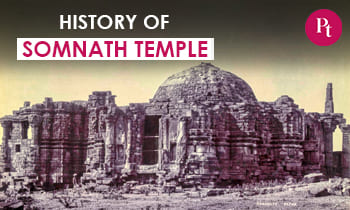

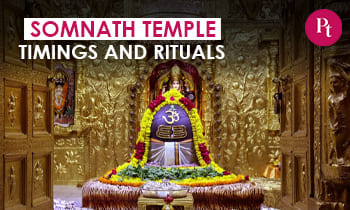
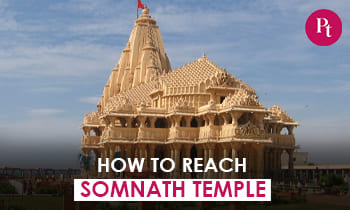

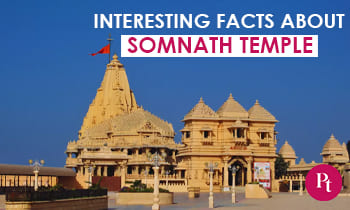
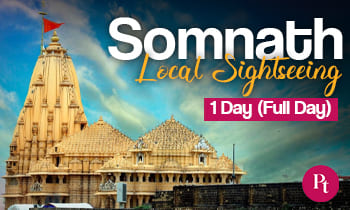
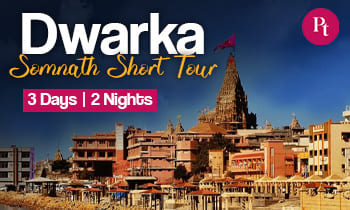
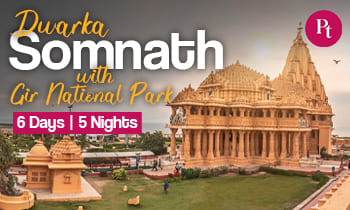
 Call
Call WhatsApp
WhatsApp Enquiry
Enquiry